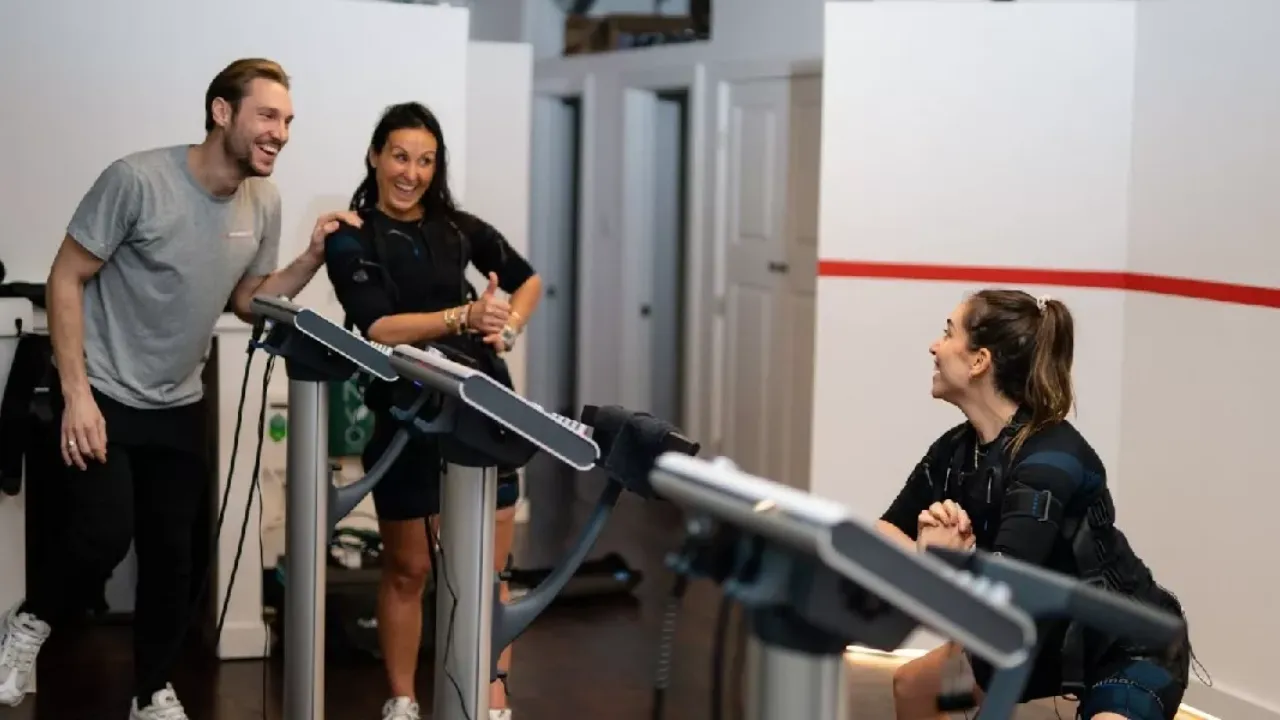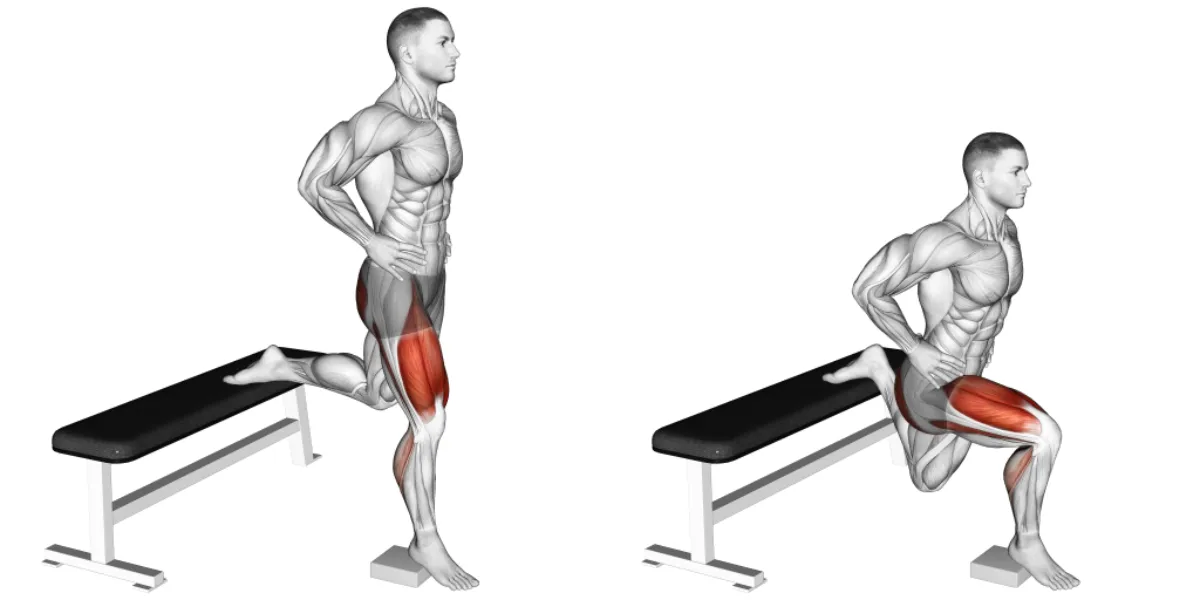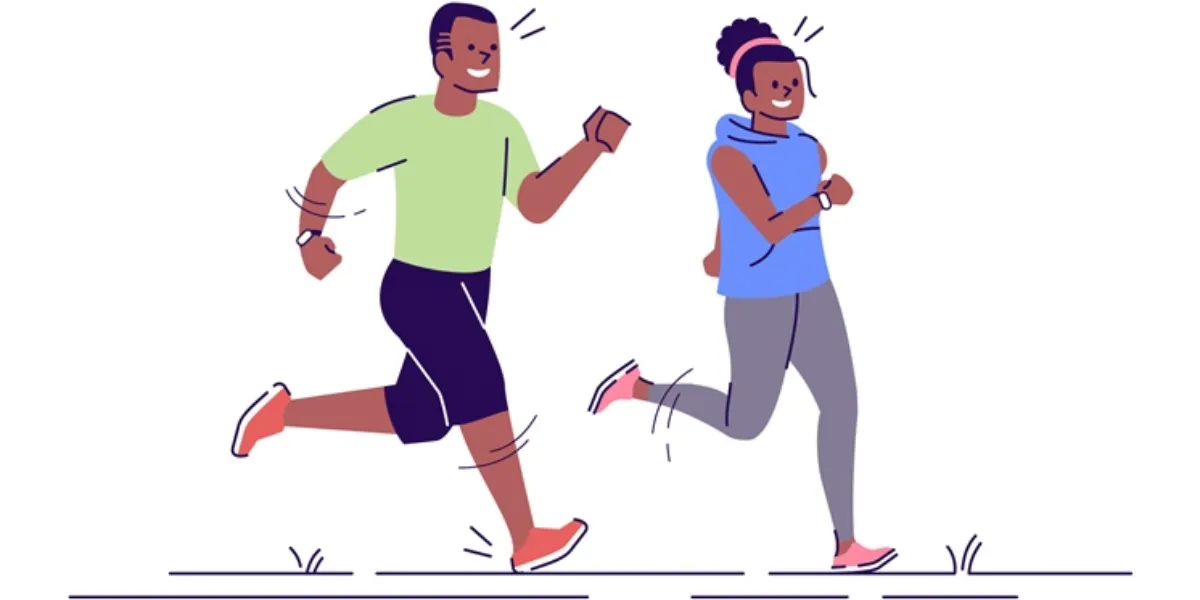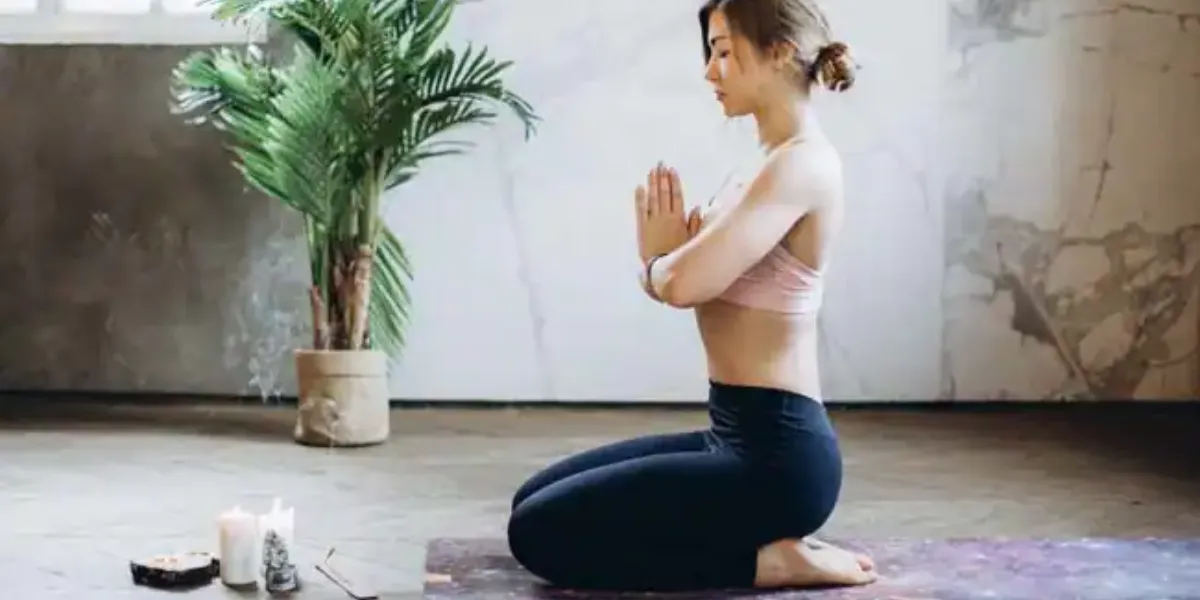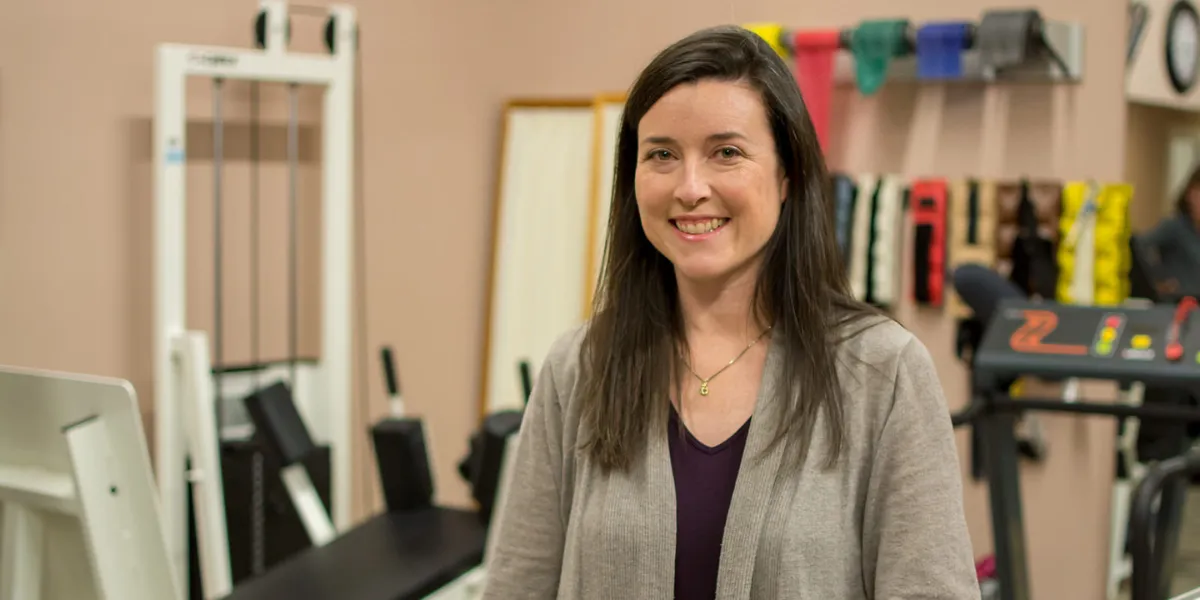Looking to sculpt strong, balanced legs and a rock-solid core? Look no further than the Bulgarian split squat! This unilateral (single-leg) exercise is a powerhouse for building lower body strength and stability, making it a favorite among athletes and fitness enthusiasts alike.
This article dives deep into the world of Bulgarian split squats, exploring:
- The Muscles Targeted: We’ll break down exactly which muscles benefit from this exercise.
- The Benefits: Discover the numerous advantages Bulgarian split squats offer for your physique and overall fitness.
- Step-by-Step Guide: Learn the proper form for performing Bulgarian split squats with clear instructions and helpful tips.
- Variations: We’ll explore different variations to target specific muscle groups and challenge yourself as you progress.
- Safety Considerations: Learn proper form to avoid injury and maximize results.
So, lace up your workout shoes and get ready to elevate your leg workouts with the Bulgarian split squat!
Table of Contents
ToggleMuscles Targeted by the Bulgarian Split Squat
The Bulgarian split squat is a compound exercise, meaning it works multiple muscle groups simultaneously. Here’s a breakdown of the primary muscles engaged:
- Primary Movers:
- Quadriceps (Quads): The muscles on the front of your thighs are responsible for extending your knee during the squat movement.
- Gluteus Maximus (Glutes): Your glutes are the powerhouse muscles that drive you upwards during the squat, providing hip extension and core stability.
- Secondary Movers:
- Hamstrings: Located on the backside of your thighs, the hamstrings help with knee flexion and stability during the movement.
- Calves: The Bulgarian split squat indirectly works your calves as you push through your heel to rise back up to starting position.
- Core: Your core muscles, including your abs and obliques, engage to maintain stability and proper posture throughout the exercise.
Benefits of the Bulgarian Split Squat
Beyond sculpting strong legs, Bulgarian split squats offer a range of benefits for your overall fitness:
- Increases Lower Body Strength: By working both legs individually, you can address strength imbalances and develop exceptional leg power.
- Improves Balance and Stability: The single-leg nature of the exercise challenges your core and improves your ability to maintain balance and control.
- Reduces Lower Back Stress: Unlike traditional squats that can put strain on your lower back, Bulgarian split squats minimize lower back involvement, making them a safer option for those with back issues.
- Enhances Functional Strength: Bulgarian split squats mimic movements used in everyday activities like climbing stairs or lunging, translating to improved real-world functionality.
- Boosts Core Engagement: Balancing on one leg during the squat forces your core to engage isometrically, strengthening and stabilizing your midsection.
- Provides Flexibility and Mobility Benefits: The Bulgarian split squat can improve your ankle, knee, and hip mobility, leading to better range of motion and injury prevention.
How to Perform a Bulgarian Split Squat with Perfect Form
Mastering proper form is crucial to reap the benefits of Bulgarian split squats and avoid injury. Here’s a step-by-step guide:
- Find a Sturdy Bench or Platform: Choose a bench or platform that’s a comfortable height for you to rest your back foot on (usually knee-high or slightly lower).
- Start in a Staggered Stance: Stand with a lunge stance, one foot a large step in front of the other. Your front foot should be flat on the floor, and the back foot will be placed on the bench behind you. The distance between your legs will depend on your flexibility and desired difficulty (explained further below).
- Engage Your Core: Brace your core muscles by drawing your belly button in towards your spine. Maintain a tall posture with your shoulders back and down.
- Lower Yourself Down: Keeping your front heel flat on the ground, squat down by bending both knees. Aim to lower yourself until your front thigh is nearly parallel to the floor.
- Push Back Up: Drive through your front heel to press yourself back up to the starting position. Maintain a controlled movement throughout.
Tips for Perfect Form:
- Keep your front knee tracking in line with your toes, avoiding letting your knee cave inwards.
- Focus on pushing your hips back as you squat down, rather than rounding your lower back.
- Maintain a straight spine throughout the movement.
- Breathe out as you exert force to push yourself back up.
Variations of the Bulgarian Split Squat
As you get comfortable with the basic Bulgarian split squat, you can explore various modifications to target specific muscle groups or increase difficulty:
- Bulgarian Split Squat with Bulgarian Bag: Hold a Bulgarian Bag (a weighted sand-filled duffel) across your chest or resting on your shoulder for a core-engaging variation.
- Elevated Front Foot Bulgarian Split Squat: Place a block or plate under the ball of your front foot to increase the range of motion and target your glutes more deeply.
- Bulgarian Split Squat with Pulse: After lowering yourself down, perform a small pulsing movement at the bottom of the squat before pressing back up. This adds time under tension and further challenges your muscles.
- Bulgarian Split Squat with Pause: Briefly pause at the bottom of the squat before pressing back up. This isometric hold increases core engagement and muscle activation.
- Rear Foot Elevated Bulgarian Split Squat: Unlike the traditional version, elevate your front foot on a platform and keep your back foot flat on the ground. This variation emphasizes your quadriceps more.
- Bulgarian Split Squat with Goblet Hold: Hold a kettlebell or dumbbell close to your chest for a core-activating variation.
- Bulgarian Split Squat with Rotation: As you lower yourself down, twist your torso slightly towards your front leg. This adds an anti-rotational element to the exercise, challenging your core stability.
- Bulgarian Split Squat on Suspension Trainer: Perform the Bulgarian split squat with your hands or feet anchored in a suspension trainer for an additional balance challenge.
Table: Comparison of Bulgarian Split Squat Variations
| Variation | Focus | Difficulty |
|---|---|---|
| Basic Bulgarian Split Squat | Quads, Glutes, Core | Beginner |
| Weighted Bulgarian Split Squat | Quads, Glutes, Core | Intermediate |
| Elevated Front Foot Bulgarian Split Squat | Glutes, Hamstrings | Intermediate |
| Bulgarian Split Squat with Pulse | Quads, Glutes, Core | Advanced |
| Bulgarian Split Squat with Pause | Quads, Glutes, Core | Advanced |
| Rear Foot Elevated Bulgarian Split Squat | Quads | Intermediate |
| Bulgarian Split Squat with Goblet Hold | Quads, Glutes, Core | Intermediate |
| Bulgarian Split Squat with Rotation | Core, Glutes | Advanced |
| Bulgarian Split Squat on Suspension Trainer | Quads, Glutes, Core, Balance | Advanced |
Remember: Choose variations that suit your fitness level and goals. Start with lighter weights or bodyweight and gradually progress as you get stronger.

Safety Considerations for Bulgarian Split Squats
While the Bulgarian split squat is a fantastic exercise, prioritizing proper form and safety is crucial. Here are some key points to remember:
- Warm Up Properly: Before diving into Bulgarian split squats, perform a dynamic warm-up to prepare your body. This could include light cardio, lunges, and bodyweight squats.
- Start Light and Gradually Increase Weight: Don’t overload yourself with weight initially. Begin with bodyweight squats and gradually add weight as your strength improves.
- Maintain Proper Form: Focus on proper technique throughout the exercise. Don’t sacrifice form for heavier weights.
- Listen to Your Body: Stop the exercise if you experience any pain or discomfort. This could be a sign of improper form or an underlying injury.
- Pay Attention to Balance: As it’s a single-leg exercise, balancing can be challenging initially. Take your time and focus on maintaining good form over speed.
- Consider Using a Spotter: Especially if you’re new to the exercise or using heavier weights, having a spotter present can provide additional safety and confidence.
- Modify as Needed: If you have any limitations or injuries, don’t hesitate to modify the exercise to suit your needs. You can adjust the stance width, bench height, or weight used to make it safer and more effective for you.
Bulgarian Split Squat FAQs
Here are some frequently asked questions about Bulgarian split squats:
What is a Bulgarian split squat?
A Bulgarian split squat is a single-leg exercise where you lunge forward with one leg while keeping the other leg elevated on a bench or platform. It’s a fantastic exercise for building lower body strength, stability, and core engagement.
How do I perform a Bulgarian split squat with proper form?
Here’s a quick breakdown:
- Find a sturdy bench or platform at a comfortable height.
- Stand in a staggered stance with one foot in front and the other on the bench behind you.
- Brace your core and lower yourself down into a squat, keeping your front knee tracking over your toes.
- Push back up to the starting position through your front heel.
How can I target my glutes with Bulgarian split squats?
There are a few ways to emphasize your glutes during Bulgarian split squats:
- Elevated Front Foot Bulgarian Split Squat: Place a block under the ball of your front foot for a deeper glute stretch.
- Focus on pushing your hips back as you squat down, rather than hinging at your lower back.
- Bulgarian Split Squat with Pause: Hold for a brief pause at the bottom of the squat before pressing back up. This isometric hold increases glute activation.
Are Bulgarian split squats good for my quads?
Absolutely! Bulgarian split squats are a great way to train your quadriceps (the muscles on the front of your thighs). You can further target your quads by trying the Rear Foot Elevated Bulgarian Split Squat, where your front foot is on the ground and your back foot is elevated.
Can I do Bulgarian split squats at home?
Yes, you can! As long as you have a sturdy chair or bench, you can perform Bulgarian split squats at home. You can even use a coffee table or a sturdy stack of books in a pinch.
What muscles do Bulgarian split squats work?
Bulgarian split squats are a compound exercise that works multiple muscle groups, including your quads, glutes, hamstrings, calves, and core.
Can I use dumbbells with Bulgarian split squats?
Yes! Holding dumbbells in each hand adds an extra challenge and works your upper body as well. This variation is called a dumbbell Bulgarian split squat.
Where can I find a Bulgarian split squat tutorial?
There are many great resources available online! You can find video tutorials for Bulgarian split squats on Youtube or fitness websites.
I’m new to exercise. Are Bulgarian split squats a good exercise for me?
Bulgarian split squats can be a great exercise for beginners, but it’s important to start with proper form and bodyweight squats first. You can also modify the exercise by using a lower bench or no weight at all.
Do you have a Bulgarian split squat workout routine?
There are many different workout routines that incorporate Bulgarian split squats. You can find sample routines online or consult with a certified personal trainer to create a program tailored to your fitness goals.
I hope this FAQ helps answer your questions about Bulgarian split squats!
Conclusion
The Bulgarian split squat is a versatile and effective exercise that deserves a spot in your leg and core workout routine. By incorporating it with proper form and progressive overload, you’ll build strong, sculpted legs, a rock-solid core, and improve your overall balance and stability. Remember to prioritize safety, listen to your body, and choose variations that align with your fitness goals. With dedication and consistency, the Bulgarian split squat can help you achieve impressive results!
Bonus Tip: For added variety and challenge, consider incorporating Bulgarian split squats into a circuit workout with other lower body exercises like lunges, deadlifts, and Romanian deadlifts. This will keep your workouts fun and engaging while maximizing your results.




